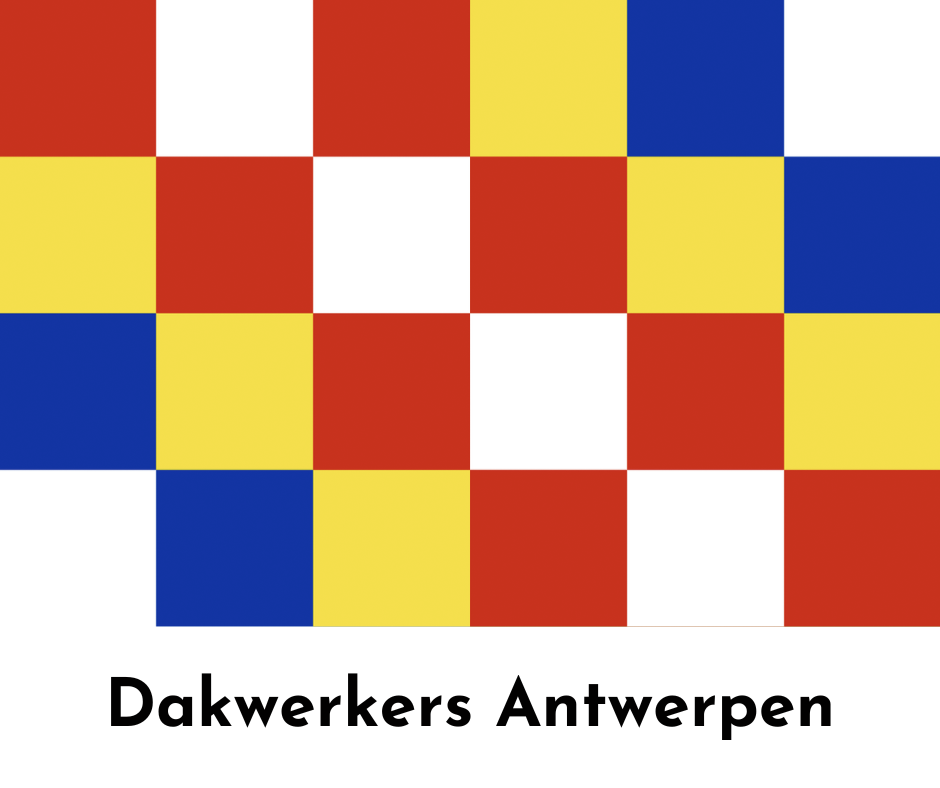Introduction
Choosing the right roofing material can be daunting, especially in a city like Antwerpen, where architectural styles and weather conditions vary significantly. Whether you’re building a new home or replacing an old roof, understanding your options is crucial for making informed decisions. This guide will walk you through various roofing materials available in Antwerpen, their benefits, drawbacks, and everything else you need to know to make the best choice for your property.
The Ultimate Guide to Roofing Materials in Antwerpen
When it comes down to it, the roofing material you select not only affects the aesthetic appeal of your home but also impacts its longevity, energy efficiency, and overall value. In this section, we’ll explore the most common types of roofing materials used in Antwerpen along with their characteristics.
1. Asphalt Shingles: The Popular Choice
Asphalt shingles reign supreme as one of the most popular roofing materials in Antwerpen. They are affordable, versatile, and relatively easy to install.
1.1 Benefits of Asphalt Shingles
- Cost-Effective: One of the primary reasons homeowners choose asphalt shingles is their affordability. Variety: Available in numerous colors and styles, they can fit any design aesthetic. Durability: They typically last around 20-30 years with proper maintenance.
1.2 Drawbacks of Asphalt Shingles
- Weather Vulnerability: While they perform well against rain, high winds can lift them. Heat Sensitivity: In extreme heat conditions, asphalt shingles may warp or crack.
2. Metal Roofing: The Durable Defender
Metal roofs are gaining traction due to their durability and modern look.
2.1 Advantages of Metal Roofing
- Longevity: Metal roofs can last up to 50 years or more. Energy Efficiency: They reflect solar heat, which can lower cooling costs. Environmentally Friendly: Many metal roofs are made from recycled materials and are recyclable themselves.
2.2 Disadvantages of Metal Roofing
- Higher Initial Cost: Installation costs can be higher compared to other materials. Noise Concerns: Rain or hail can create noise on a metal roof unless insulated properly.
3. Clay and Concrete Tiles: Aesthetic Appeal
roofing business directoriesClay and concrete tiles offer a unique aesthetic that’s particularly suitable for Mediterranean-style homes.

3.1 Pros of Clay and Concrete Tiles
- Durability: These tiles can withstand harsh weather conditions. Insulation Properties: They provide excellent thermal insulation.
3.2 Cons of Clay and Concrete Tiles
- Weight: Their heavyweight requires additional structural support. Costly Installation: They tend to be more expensive than other options.
4. Slate Roofing: The Premium Option
Slate is known for its elegance and unmatched durability but comes with its own set of challenges.
4.1 Benefits of Slate Roofing
- Longevity: A slate roof can last over 100 years when maintained properly. Natural Beauty: Each slate tile has a unique look that adds character to any home.
4.2 Drawbacks of Slate Roofing
- High Cost: Slate is one of the most expensive roofing materials available. Installation Complexity: Requires skilled labor for installation due to its weight.
5. Green Roofs: Sustainable Living
For those who prioritize sustainability, green roofs could be an ideal choice.
5.1 Advantages of Green Roofs
- Eco-Friendly: Greatly reduces urban heat island effect. Stormwater Management: Helps manage rainwater runoff effectively.
5.2 Challenges with Green Roofs
- Maintenance: Requires regular upkeep to ensure plant health. Initial Costs: Installation can be pricey due to engineering requirements.
6. Synthetic Roofing Materials
Synthetic materials mimic traditional options but come with added benefits like lighter weight and lower cost.
6.1 Benefits of Synthetic Materials
- Lightweight: Easier on structural support than traditional materials.
6.2 Drawbacks of Synthetic Materials
- Longevity Concerns: May not last as long as natural alternatives depending on quality.
FAQs
What is the best roofing material for homes in Antwerpen?- The best roofing material depends on factors like budget, aesthetics, climate considerations, and personal preference; however, asphalt shingles tend to be a popular choice due to their affordability and versatility.
- Asphalt shingles last about 20–30 years; metal roofs can last up to 50 years; clay tiles often last over 50 years; while slate roofs may exceed 100 years with proper care.
- Yes! Options like green roofs or synthetic roofing materials designed from recycled products are both environmentally friendly choices that contribute positively towards sustainability efforts.
- Yes! It’s advisable to check local regulations regarding permits before undertaking any significant roofing work as specific guidelines may apply based on your area’s zoning laws.
- Costs vary widely depending on material chosen but generally range from €4,000 – €10,000 based on size and complexity involved; always get multiple quotes!
- While DIY installation is possible for experienced individuals comfortable working at heights; hiring professionals ensures compliance with safety standards & building codes—plus guarantees quality craftsmanship.
Conclusion
Choosing the right roofing material is essential not just for your home's appearance but also its functionality and longevity—especially in a dynamic city like Antwerpen where weather conditions fluctuate throughout the year! By understanding each option's pros and cons—from asphalt shingles’ cost-effectiveness all the way through slate's enduring beauty—you’re now equipped with knowledge necessary for making an informed decision tailored specifically towards your needs!
Remember not just about aesthetics when selecting your next rooftop covering; consider factors like insulation properties & energy efficiency too! Happy roofing!
This comprehensive guide serves as an invaluable resource for anyone considering new roofing materials or replacements in Antwerp—giving readers confidence amidst choices available today!